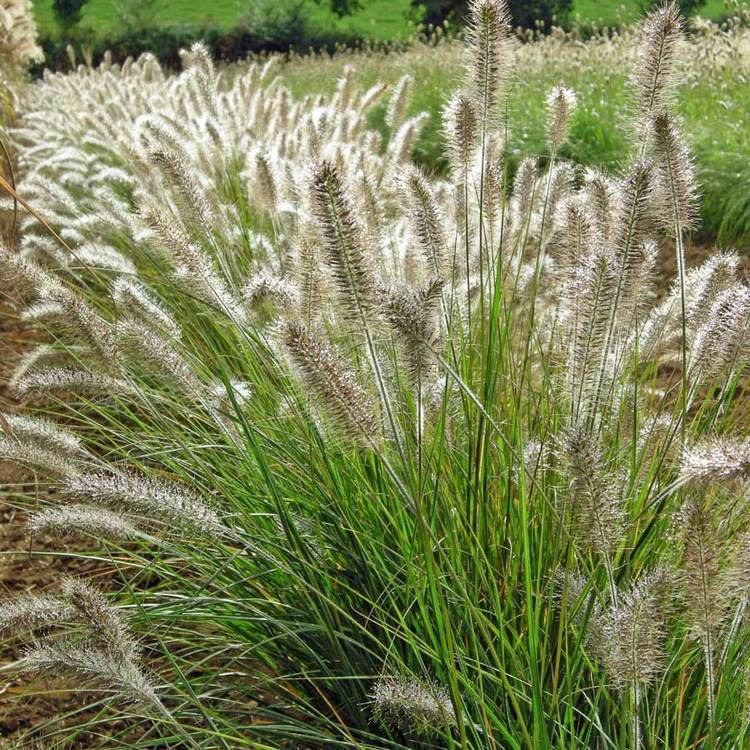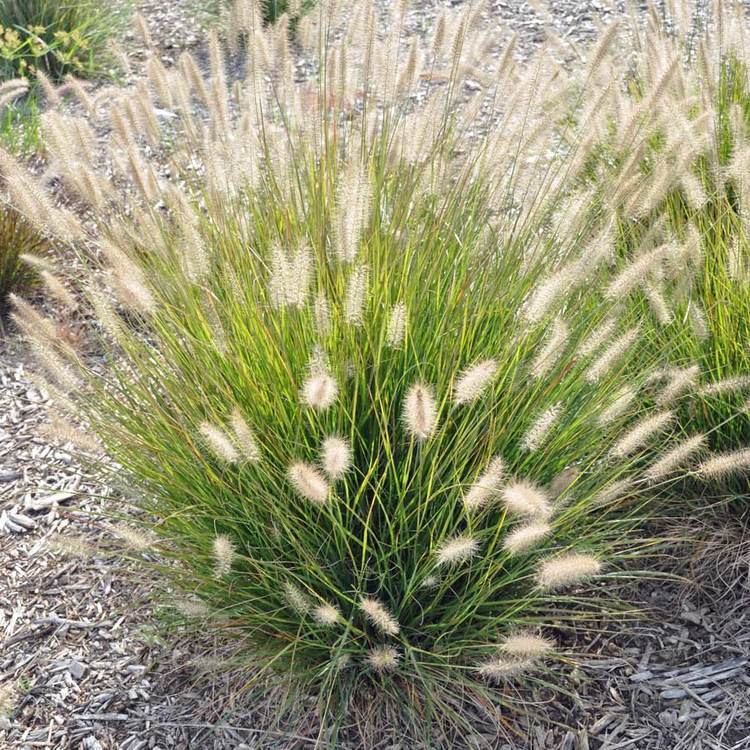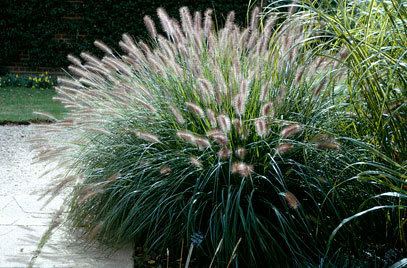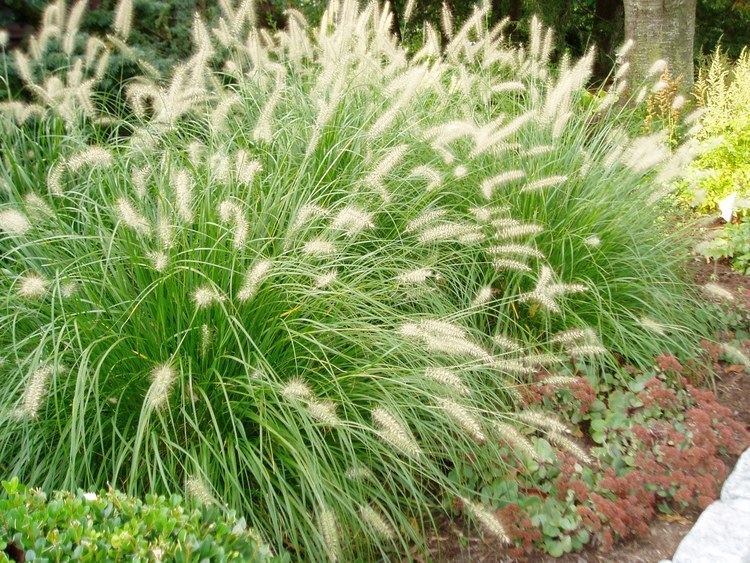Rank Species | Genus Pennisetum Higher classification Fountaingrasses | |
 | ||
Similar Fountaingrasses, Grasses, Fountain grass, Chinese silver grass, Miscanthus | ||
Dwarf fountain grass pennisetum alopecuroides hameln
Pennisetum alopecuroides (Chinese pennisetum, Chinese fountaingrass, dwarf fountain grass, foxtail fountain grass, swamp foxtail grass) is a species of perennial grass native to Asia and Australia. Culms are erect, and 60–100 cm long; leaf-blades are erect or drooping; flat, or conduplicate, or involute; and from 10–45 cm long by 3–6 mm wide. Pronunciation: Pennisetum (pen-ih-SEE-tum) alopecuroides (al-oh-pek-yur-OY-deez)
Contents
- Dwarf fountain grass pennisetum alopecuroides hameln
- Best ornamental grasses pennisetum alopecuroides fountain grass
- Ideal Growing Conditions
- Additional Information
- Synonyms
- References
Best ornamental grasses pennisetum alopecuroides fountain grass
Ideal Growing Conditions

The plant generally needs full sun to light shade. Prefers moist, well-drained soil and will grow in any soil except those that are poorly drained The best time of the year to grow is between the months of August to Winter.
Additional Information

The plant is a warm season ornamental grass which typically grows in graceful, spreading clumps from 2-3' tall and as wide. Features narrow, medium to deep green leaves (to 1/2" wide) in summer, changing to golden yellow in fall and fading to beige in late fall. Foliage usually remains attractive throughout the winter. Showy, silvery to pinkish-white, bristly, bottle brush-like flower spikes arch outward from the clump in late summer like water spraying from a fountain (hence the common name). Flower spikes turn brownish as the seeds form, and spikes usually persist until late fall or early winter before shattering. Many excellent fountain grass cultivars are available in commerce, ranging in height from 1-5' and featuring a variety of different flower colors (purples, pinks or whites) and autumn foliage.

Genus name comes from the Latin penna meaning feather and seta meaning bristle in reference to the flowers having long, feathery bristles.
Specific epithet means like a foxtail grass.
